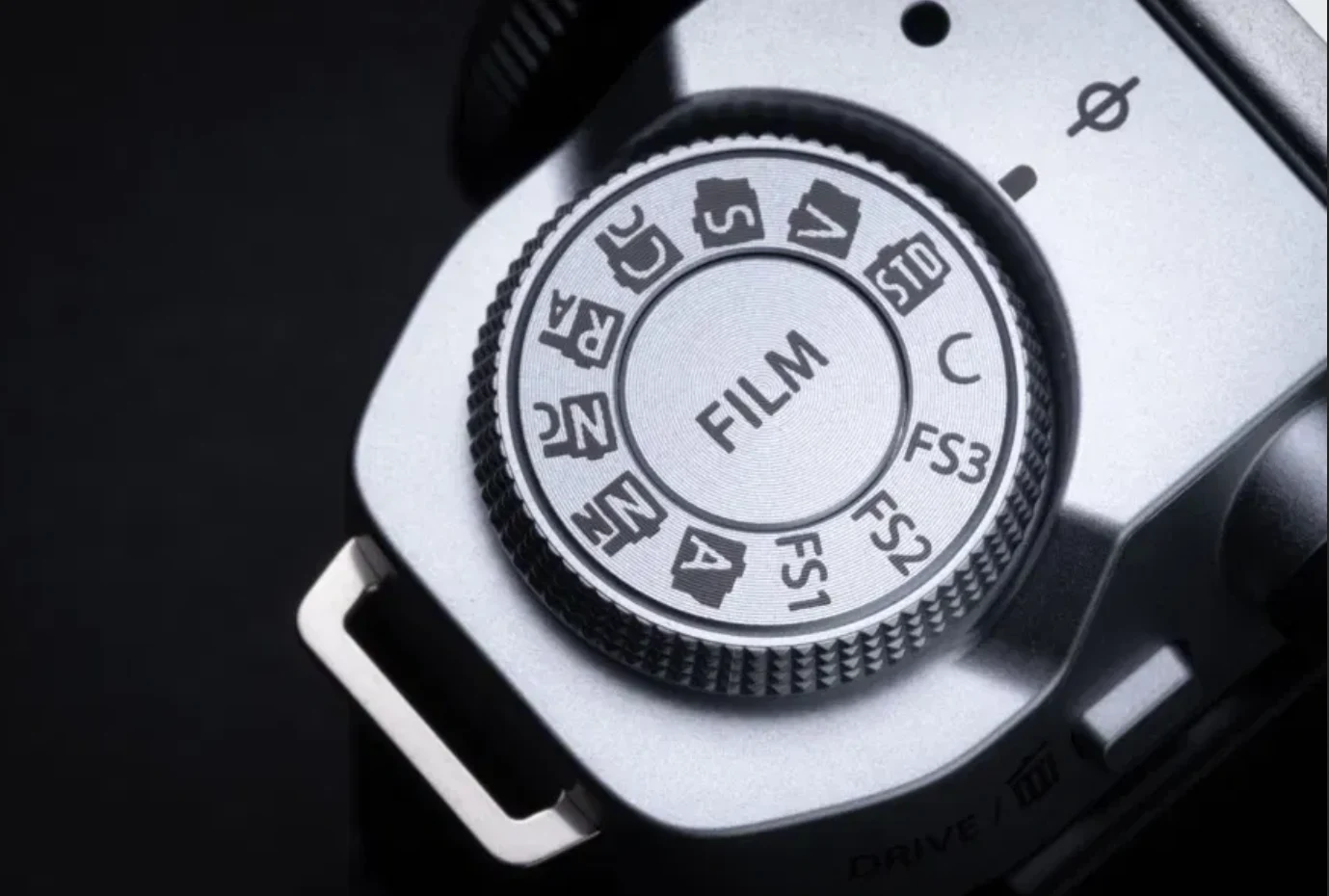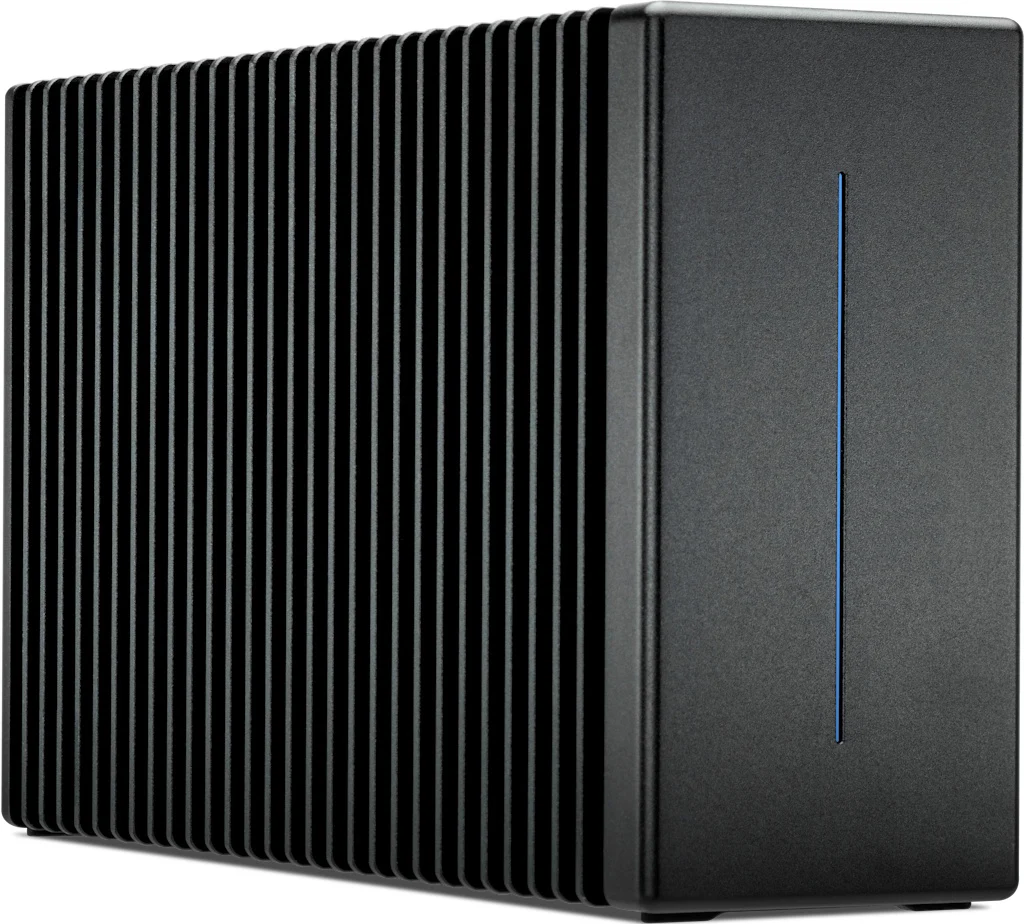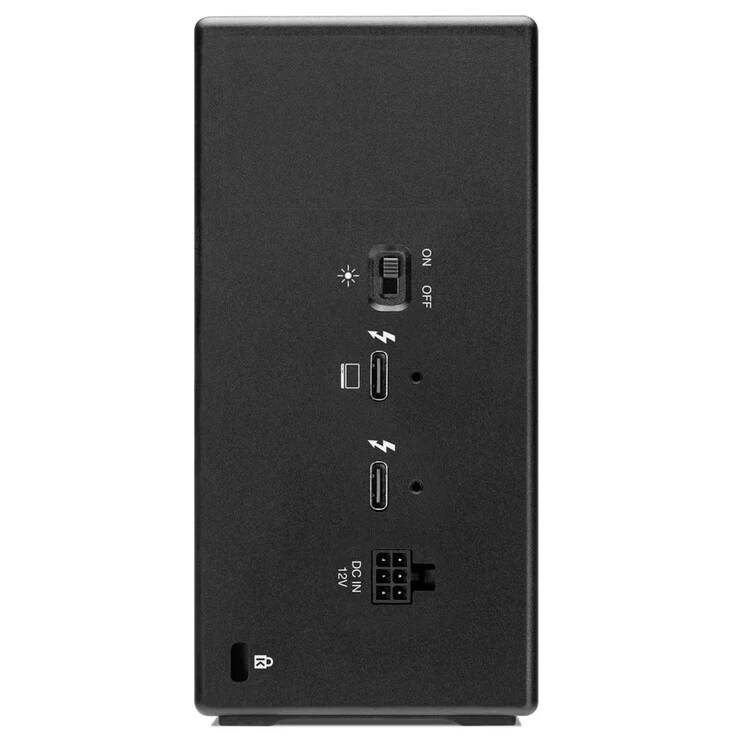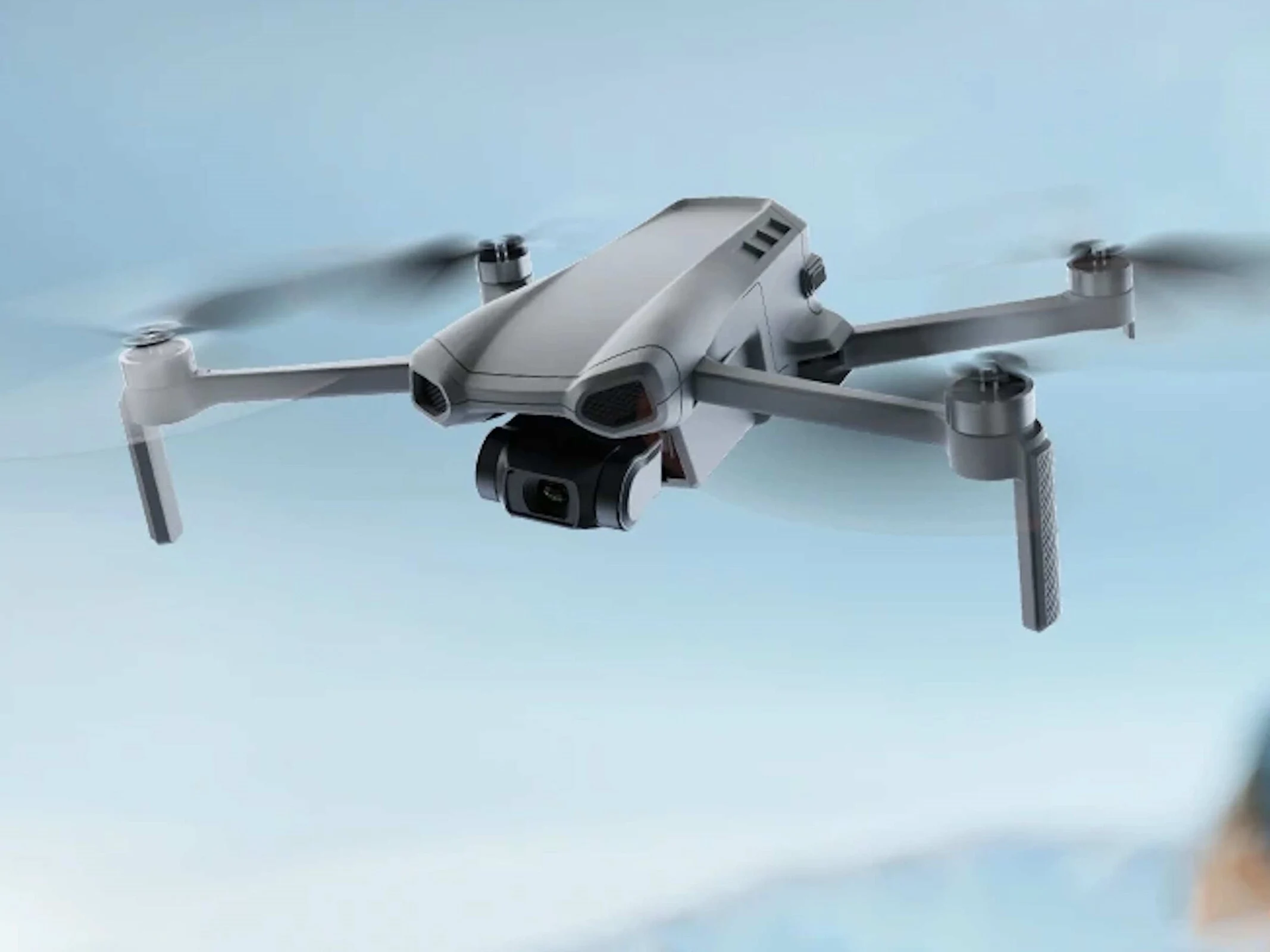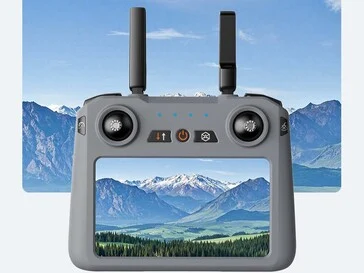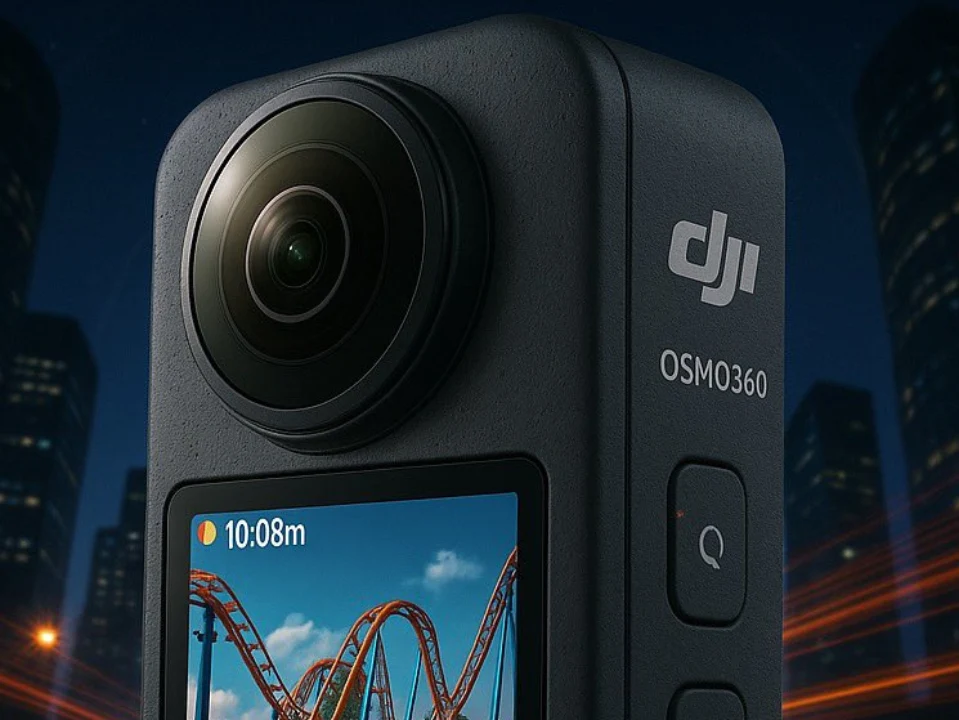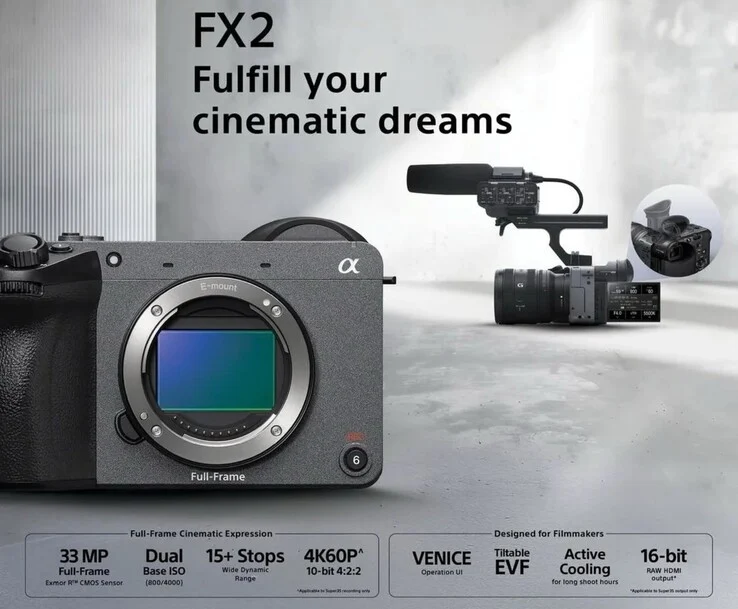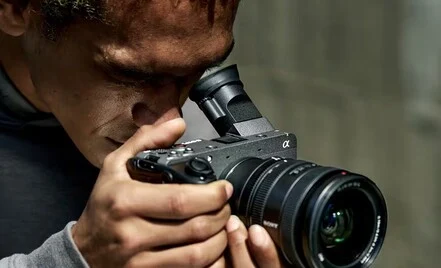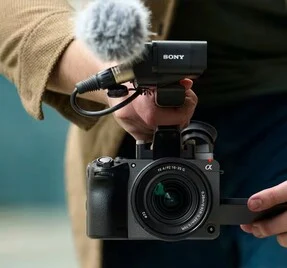Key Takeaways
1. Fujifilm’s X-E5 is set to launch on June 12, with leaks suggesting it shares internals with X100VI and X-T50, including In-Body Image Stabilization (IBIS).
2. The camera will feature a film simulation dial, similar to the X-T50 and X-M5, aimed at enhancing user experience, though it received mixed reviews.
3. Fujifilm is targeting social media users by emphasizing the film simulation dial, indicating a focus on user-friendly features.
4. There are concerns about a potential price increase for the X-E5, which may reflect a shift in positioning similar to the X-T50’s increase from its predecessor.
5. The upcoming X-Pro model is expected to focus on delivering a “pure photography experience,” contrasting with the X-E5’s social media-oriented features.
Fujifilm’s new X-E5 is generating buzz as leaks increase ahead of its anticipated launch on June 12. Earlier rumors hinted that this compact APS-C camera would share internals with the Fujifilm X100VI and the X-T50, including In-Body Image Stabilization (IBIS). However, a fresh leak from Fuji Rumors suggests that the X-E5 will resemble the X-T50 and X-M5 more than the X100VI.
Film Simulation Dial Features
The latest information indicates that the X-E5 will come with a film simulation dial similar to the ones found on the X-T50 and X-M5. This new dial, which first appeared on the X-T50, received mixed reviews; some users criticized the simplified user interface, while others appreciated how it made accessing the unique Fujifilm shooting experience easier.
Targeting Social Media Users
It appears that Fujifilm aims to attract social media users by emphasizing the film simulation dial. However, integrating this previously experimental feature suggests that the X-E5 will essentially have the same hardware as the X-T50. This raises concerns that the anticipated price increase for the X-E5 might actually be valid. For context, the X-T50 is currently priced at $1,399.99 on Amazon, reflecting a significant $500 increase from the X-T30 II it replaces, which was more budget-friendly.
Pricing Strategy Shifts
This shift in pricing and positioning seems poised to happen with the X-E5 as well, while the upcoming X-Pro model will focus on delivering the “pure photography experience” that Fujifilm has hinted at before.
Source:
Link

